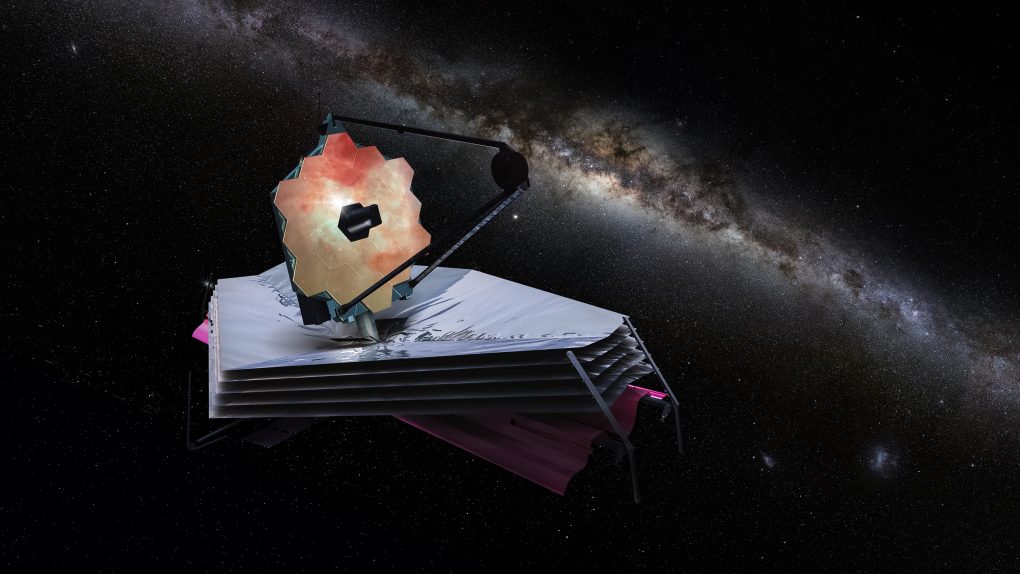The James Webb Space Telescope has proven to be a fantastic observational instrument for astronomers and scientists. Not only has it detected water on an exoplanet, but James Webb has also provided some amazing looks at our early universe in its first images. Now, though, NASA says that James Webb has even detected carbon dioxide on an exoplanet. Something NASA says bodes well for other planetary detections, too.
Finding carbon dioxide on other planets

NASA shared the news on its website earlier this week. James Webb detected carbon dioxide on the exoplanet WASP 39-b. This gas giant is roughly one-quarter the size of Jupiter and has a diameter 1.3 times greater than our solar system’s gas giant. WASP 39-b is a transiting planet. Because we observe these types of planets from their edge, we can better probe their atmospheres.
When a planet is transiting, it is essentially eclipsing starlight from beyond it. This caused an overall dimming of the star, and the light filters through the planet’s atmosphere. It’s this filtering light that James Webb can observe. And this light ultimately lets James Webb detect carbon dioxide.
See, James Webb observes the universe through infrared light—a spectrum that we as humans can’t see. And, because different gasses change color with the light, it allows James Webb to detect carbon dioxide, among other things, within the planet’s atmosphere.

NASA says this is also the first time we’ve detected carbon dioxide on a planet outside our solar system. But, it hopefully won’t be the last. Now that we know James Webb can do such a thing, we can also use that to look at the atmospheres of other planets. This should also make it easier to observe the atmospheres of terrestrial planets in the future.
James Webb’s detection of carbon dioxide was unexpected. But it is a nice extension of the space telescope’s other missions. Missions that will eventually include a closer look at black holes and other celestial objects we haven’t been able to examine closely in the past.








